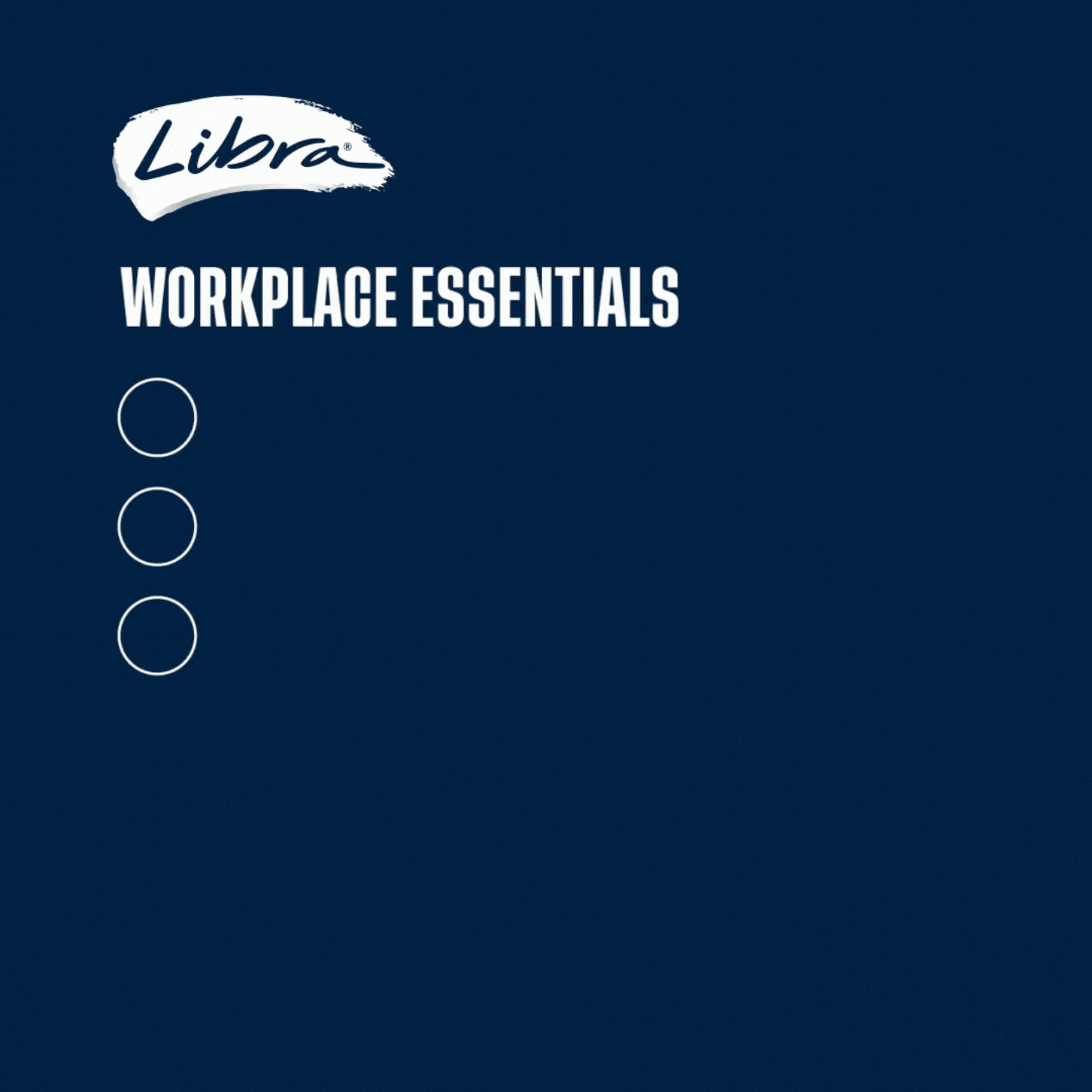In the new book, The Wardrobe Project, financial behaviour specialist Emma Edwards, founder of The Broke Generation, shares her radical experiment: a whole year without buying a single item of clothing. No new outfits, no second-hand finds, not even rentals. What began as a no-buy challenge soon became a powerful lesson in self-worth, resilience, and the surprising freedom of living with less.
In the exclusive extract below, Emma discusses how fashion sells women an impossible deal:
I have a theory that the universal pursuit of looking polished costs women billions of dollars. In fact, I’ve become somewhat fascinated with the term, policing it in people’s conversations and picking at what they mean when they use it. Because it comes up over and over again in women’s vocabulary around clothes.
In a survey I ran when researching for this book, 75 per cent of respondents said they’d had the thought ‘this will make me look polished’ when buying a piece of clothing. In fact, when I asked respondents which of seven buying motivations they most related to, ‘wanting to look polished’ scored the highest, closely followed by ‘this will flatter my figure/hide my flaws’.
Interesting. However, when I surveyed my social media audience on how often they felt they looked polished themselves, only 7 per cent responded ‘often’. Another 48 per cent responded ‘never’, and the remaining 45 per cent responded ‘sometimes’.
There’s something about the term ‘polished’, and while we’re at it, ‘put together’, that seems embedded in women’s perceptions of themselves, particularly as it relates to clothing. It’s conceptual, it’s undefined, it doesn’t have a clear meaning and, yet we all somehow understand its subtext.
What exactly is ‘polished’?
Synonyms for polished include: glossy, refined, smooth, accomplished, flawless – even privileged came up under the subcategory of refinement, which immediately makes me want to pull at the thread of the ‘old money’ aesthetic that’s been deeply embedded in social media style culture for years, and really embraces the idea of looking ‘polished’ as somewhat of a status symbol.
At the time of writing, #oldmoney had over 1 million posts on TikTok. Clicking on any of those posts will invariably take you to a video sharing tips on how to look ‘expensive’ or ‘classy’ or how to look like you’re ‘old money’ when you are, in fact, hoping the zip doesn’t break on your $39.99 Zara trousers.
While swiping through videos of slim white women wearing cream ensembles with ballet flats certainly captures aesthetic appeal, I learned more from the videos that promised to tell me why I don’t look old money.
Apparently, it comes down to fit (your clothes must fit well to look classy, I’m told), your hair (it must be styled, I’m told) and tone (you shouldn’t wear black bottoms with a light top, I’m told. Keep it tonal).
And look, I guess I can’t disagree. Whether we’re packaging it as old money or polished or anything else, well-fitting clothes, styled hair and tonal pieces will generally look appealing to the eye.
What’s not being said
The thing that’s not being said in these videos is this: you will look more expensive if you are thin. Thinness is at the centre of looking ‘polished’, and that comes down to the way we view size in modern society.
Now, of course, being thin is not a guarantee of polish. Many thin people yearn to look polished despite being arguably in much greater proximity to the possibility. This takes me onto my next observation around our obsession with looking polished: the erasure of signs of life.
Women have been ruled by a patriarchal set of beauty standards for a long time – and in recent decades, the commercialisation of our adherence to these standards has rapidly evolved. We can click and buy any manner of things that we believe will help us satisfy those standards at any given time, and algorithmic advertising has rolled up its sleeves and tucked right in. Recent reports of Meta serving adverts for beauty products to young girls who upload and subsequently delete a selfie tells you all you need to know in that domain.
There’s something about the allure of looking polished that feels immediately incongruent with everything that makes us human. To look polished is to somehow look clean. Notice how there’s no room for sweat. There’s no room for that splodge of yoghurt you dropped while eating breakfast. There’s no room for baby dribble. Creases are unwelcome. Comfort feels unwelcome. The backpack you have to wear to lug all your stuff to and from work on public transport is unwelcome.
To me, it feels like life itself is unwelcome when trying to appear polished, and yet, the idea that we can all look put together and unflappable at any given time is still so appealing.
You’re not going to look like the picture
Much of the polish we aspire to possess lies in the photos (and, more recently, videos) of clothes that we’re exposed to. Whether that’s from creators on social media, in commercial photography seen on online stores, editorial images from advertising campaigns or in print and digital media – the outfits always look more polished when we’re viewing them in this way than when they’re on a real human body living a real human life.
In some cases, these images are an outright lie. Clothes are often clipped, tugged, tucked or pinned into place to create the perfect shot, or smoothed in post-production, when in reality, they don’t fit like that at all.
But even without this manipulation of what clothing looks like, viewing clothes on ideal bodies in ideal circumstances creates an unrealistic expectation of what we’re going to look like.
Edited extract from The Wardrobe Project: A year of buying less and liking yourself more by Emma Edwards (Wiley, $34.95), available 26 November at all leading retailers.


